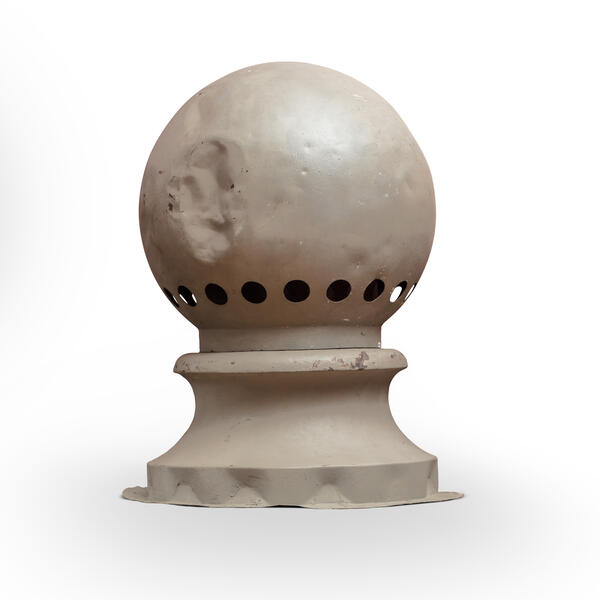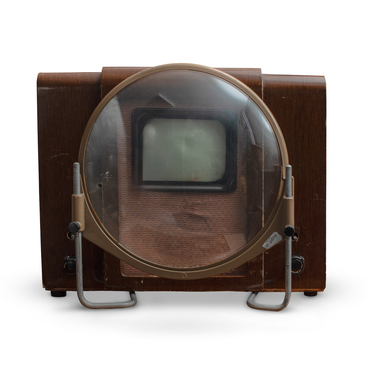The museum’s collection presents several interesting items: a spherical ball vent, a lens, and a weathervane with traces of a wind rose. These items are closely connected with the construction of the Taganrog Lighthouse in the late 19th century. This decision was made after the city had turned into a prominent international trading port in southern Russia. Due to the shallow waters of the bay and the increasing tonnage of the passing ships, there were serious safety concerns about the port approach. This led to the Maritime Ministry providing funds for the construction of a lighthouse.
A prominent cape, where a fortress once stood, was chosen as the location for the future lighthouse. By that time, the fortress had lost its significance and status, and so the city was presented with an opportunity to develop the neglected area and establish a promenade and a boulevard along the steep seaside.
The lighthouse, built in 1878, was a 22-meter-high stone tower of a tapered cylindrical shape. The one-meter-thick walls of the tower had rectangular windows. The lighthouse had two observation decks on top, surrounded by a grid. The upper part of the building was fully glazed and crowned with a domed roof that featured a spherical ball vent and a weathervane.
For many years, the lighthouse was solely used as a landmark for navigation during the day. Permanent lighting was installed there only in 1885. It became the third electric lighthouse (after the ones in Odessa and Berdyansk) in the Russian Empire and the 14th in the world. The lighthouse lantern was 70 meters above sea level, and the beam radius reached 40 kilometers. The glass lens of the Taganrog lighthouse is on display in the museum next to the ball vent.
After running for almost a century, the Taganrog Lighthouse began to lean. This could have happened because of the soil erosion on one side under the foundation. There were several attempts to straighten the tower but to no avail. In 1970, it was decided to dismantle the building. A metal sectional mast was erected in its place. The original architectural ensemble of the lighthouse was lost except for a two-story building for lighthouse keepers and a weather station. The one-story engine room remains in ruins.


